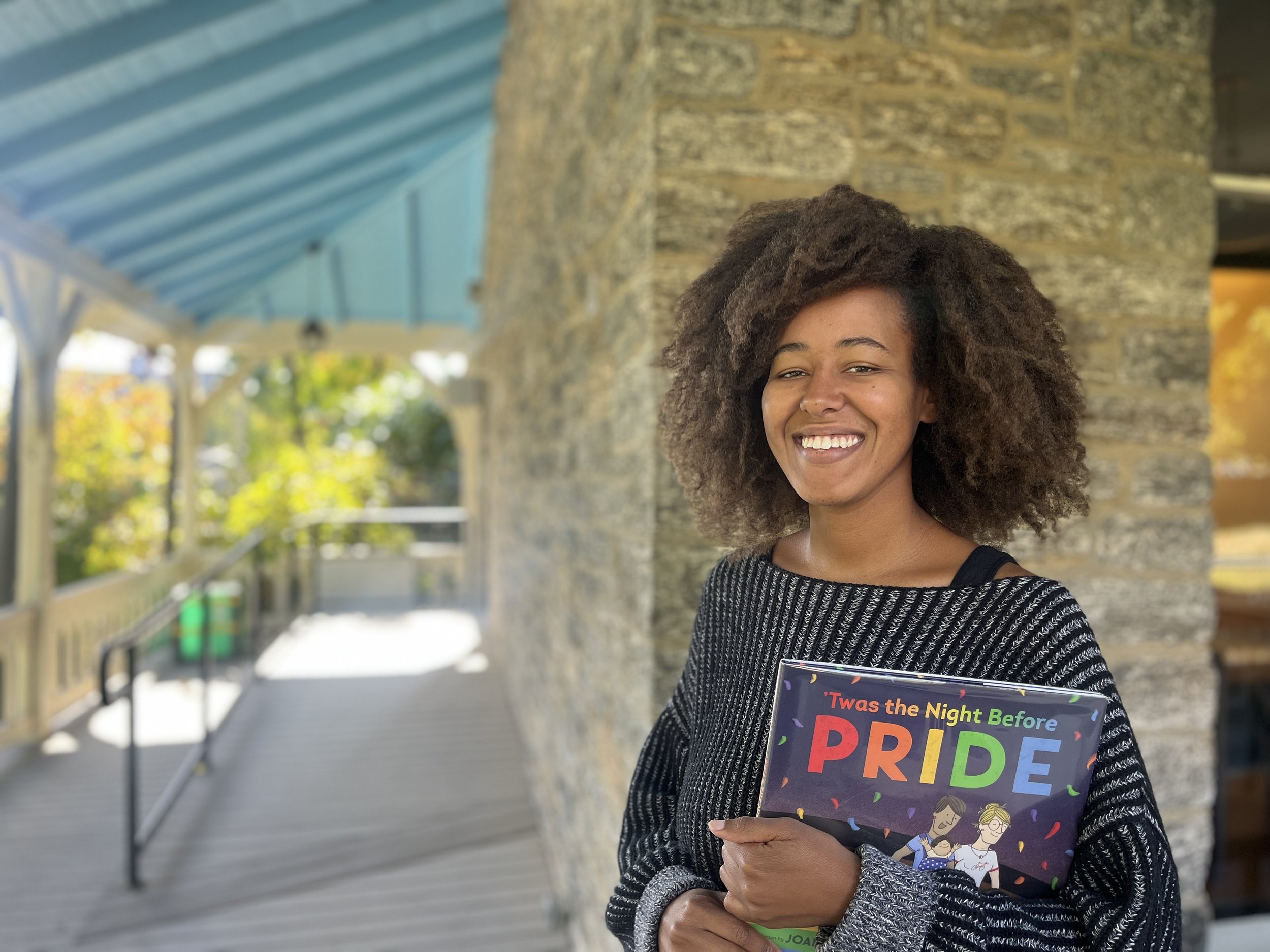Reflections on Gratitude
From Taylor Hickman, Director of Diversity, Equity, Inclusion, and Justice (DEIJ) at the Waldorf School of Philadelphia
Last week, a student thanked me for my time at the close of a meeting: time during which they were required to meet with me. Most adults, including myself, often bypass the fact that the energy that other people share with us, including children, is sacred. It is quite easy to take for granted the time people make for us in a given moment, day, or week. We are social beings and depend on the time of others, yet this is not to be taken for granted.
Reflecting on this moment and the students' words, I felt grateful. I was reminded of what gratitude really is; it is acknowledgment. I may be reading too deeply into this brief exchange, but what it told me was that this student recognized that I am living my own life, with commitments and expectations and that I, like everyone else, have many things to do. My time is valuable and my time with others is intentional. Maybe they realized all this, or maybe they are just a mindful and polite child! Either way, it was a beautiful and tangible expression of empathy, for which I feel gratitude. Whether or not they intended for their words to be impactful, I experienced an impact.
How can that sort of gratitude for and toward people be more deeply harnessed? I am exploring this with students as we consider topics of kindness, what it means to be a friend, and what it means to be in community with others. There are many tangible ways to acknowledge and express our gratitude for other people: saying thank you, helping clean up, writing letters, and opening doors. As noted by a Third Grader recently, just waving at someone can be a thoughtful act of kindness! There are also the more abstract, time-associated expressions of appreciation like visiting a friend, calling the elders in our life, really listening when someone is speaking, and apologizing. Then, there are the things that educators in our community strive for daily within curriculum: truth telling and celebrating diverse cultures. These are all forms of acknowledgement that say, “we see you, we hear you.” Whether we see and hear an individual, a group of people, or an entire culture, there is gratitude in the gesture and countless opportunities to express it. What are some ways to more meaningfully acknowledge the people (and places) who make up our lives (especially those on the margins)? How can we see and hear other people more deeply? How can we acknowledge everyone's humanity?
I invite you to watch/listen to this Indigenous Youth Poet Warriors Reading from Youth In Action: Conversations About Our Future, as an entry toward deep gratitude. These young folks' voices are a testament to the impact of truth telling and acknowledgment, and how it can awaken gratitude. Somewhere within The Golden Rule, “the (contemporary and informed) meaning of Thanksgiving'', and Día De Los Muertos, lies the simple importance of acknowledging other people's humanity. As we move through the season of the light, Native American History Month, and into the winter holiday season, we are met with many opportunities for acknowledging others and expressing gratitude. This month and this season, that is where my priority will be: remembering that everyone is experiencing an equally sacred life of their own, and the importance of acknowledging all people, as best we can, with equity. I appreciate the people of all ages - and particularly the little people - who continue to remind me of that!

